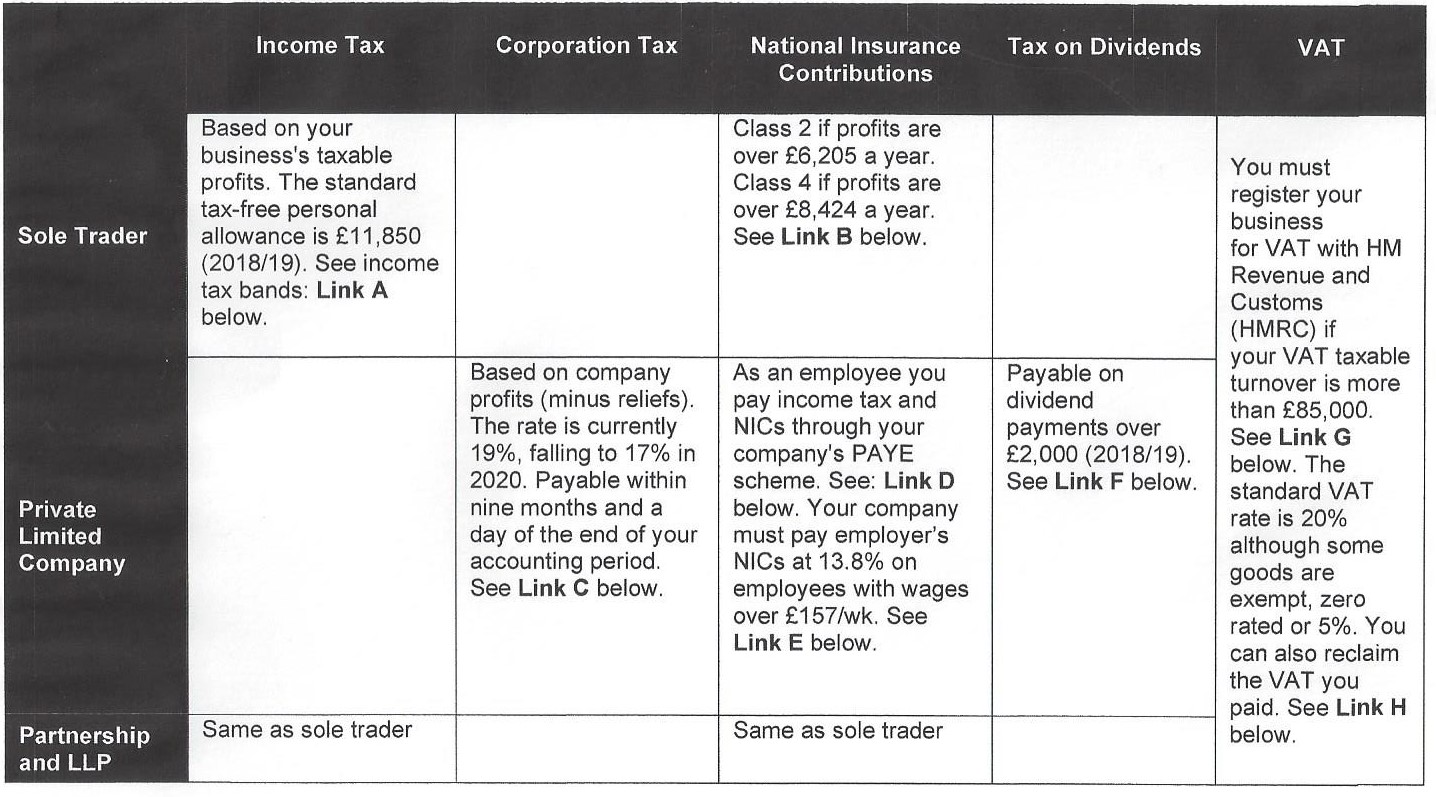8. understanding your market
What is marketing?
The Chartered Institute of Marketing (CIM) defines marketing as ‘The management process responsible for identifying, anticipating and satisfying customer requirements profitably…It is a key management discipline that ensures producers of goods and services can interpret consumer desires and match or exceed them.’
As mentioned previously, you need to work out how many potential customers will be attracted by your product or service (i.e. the size of the market you aim to sell to), and how many within this market you estimate will become your customers over a period of time, say three years. This figure, multiplied by your selling price, will become your sales target. Your marketing strategy and plan will help you meet or exceed this target.
Defining your target market
Your target market (or markets) is the group (or groups) of people or organisations that are most likely to buy your product or service. In order for your marketing communications to have an impact, they need to be meaningful to this group. For example, if you are a student and you have received a leaflet about a retirement village, then you have been incorrectly targeted and the retirement village has wasted part of its marketing budget as the leaflet is not relevant to you. Thus, you will get a greater return on your investment in marketing if you can define your target market(s) accurately. To do this you need to:
Describe the problems you are solving .
Conduct market research to identify the group of people (or organisations) most likely to suffer from these problems.
Within this group, research the various subgroups (segments) and select the segment or segments that you want to work with. There are a number of ways to segment a consumer market, for example through demographics such as age, income and wealth; psychographics such as activities, values and attitudes; geographics such as local, regional, national and international. There are also ways to segment industrial markets, for example, size, location and type of businesses, purchasing processes, urgency of order etc. You should also identify and research influencers, which are individuals/groups who influence the purchasing decision of your target customers.
There is a vast amount of information online about consumer and industrial markets, and many public libraries (eg the British Library Business and IP Centre National Network) have access to market reports by, for example Mintel, Euromonitor, Keynote, Plimsoll and others. Unless you have a big marketing budget and you know exactly what you are looking for, I wouldn’t recommend paying for information - just find out as much as you can online and from your library’s commercial section.
Once you have selected your target segment(s) you need to estimate the size of your target market. You may like to visit the Office for National Statistics or NOMIS. For example you can gain statistics about: population by age - male, female or both, working, unemployed, retired, single parent, level of disposable income etc. There is lots of other statistical information available, for example, demographic analysis by postcode, consumer behaviour, newspapers and magazine preferences, social media platform usage by age.
Further reading: How to calculate the size of your target market, Define your customer before marketing, Six steps to defining your target market.
Speak to Potential Customers
If you can locate a group of your target customers, then speak to them about your idea. If this is difficult, then you could have a focus group set up (you would need to pay for this). If the findings are positive, you could then conduct a survey of, say one hundred or more target customers, to find out whether they would buy your product or service, and how much they would be prepared to pay for it.
Competitor analysis
Once you have defined your target market, you need to find out who they are buying from, as these are your competitors. It is important to find out everything you can about them. Study their website, logo and branding, location(s), products/services, prices, financial position (for limited companies go to Companies House), all reviews and articles about them, the reasons behind their success or failure, unique selling points, how they market themselves, which social media platforms they use and how many visitors they have, etc. Identify their strengths and weaknesses and assess how you can develop your offer so that you can attract some of their customers and begin to establish yourself in the market.
Example of a Competitor Analysis Framework
SWOT Analysis
SWOT stands for Strengths, Weaknesses, Opportunities and Threats and a SWOT analysis is a strategic planning technique that can help you focus on the factors that have the greatest impact on your company’s success. Strengths and weakness are frequently internally-related, while opportunities and threats commonly focus on the external environment. According to Wikipedia (excerpt):
Strengths: characteristics of the business that give it an advantage over others.
Weaknesses: characteristics of the business that place the business at a disadvantage relative to others.
Opportunities: elements in the environment that the business could exploit to its advantage.
Threats: elements in the environment that could cause trouble for the business.
The value of a SWOT analysis is subject to debate, but. I find it helps to distil a lot of information and determine the most important points that need to be considered when devising a business or marketing strategy.





















